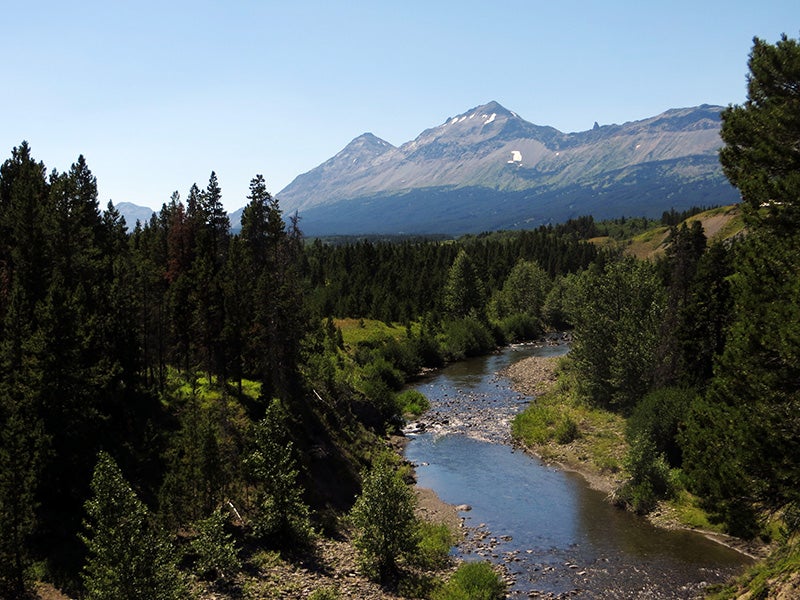Protecting the Rocky Mountain Front from Excessive Motorized Off-Road Travel
Located amid some of our nation's most impressive wildlands, the Badger-Two Medicine hosts numerous rare and sensitive wildlife species. It also constitutes a land of special cultural importance to the Blackfeet Tribe, whose reservation it borders. The region is almost entirely without roads, presenting a de facto wilderness occupying a critical wildlife movement corridor along the eastern Rocky Mountain Front.
Clients
Regional Office / Program
Case Overview
The Badger-Two Medicine region represents 130,000 acres of national forest land located in Montana’s Rocky Mountain Front—where the eastern slope of the Rockies meets the Great Plains—and sandwiched between the south boundary of Glacier National Park and the Great Bear and Bob Marshall Wilderness Areas. Located amid some of our nation’s most impressive wildlands, the Badger-Two Medicine hosts numerous rare and sensitive wildlife species, including grizzly bears, wolves, lynx, wolverines, bighorn sheep, elk and mountain goats. It also constitutes a land of special cultural importance to the Blackfeet Tribe, whose reservation it borders. The region is also almost entirely without roads, presenting a de facto wilderness occupying a critical wildlife movement corridor along the eastern Rocky Mountain Front.
Unfortunately, the Badger-Two Medicine region also has over the past decade become popular with off-road vehicle enthusiasts. Motorcycles and four-wheelers had become common sights on the Badger-Two Medicine’s nearly 200 miles of trails, and snowmobiles range over the area in the winter. These motorized vehicles bring noise and pollution into the backcountry, disturb sensitive wildlife and leave scars on the land. Motorized use had become so pervasive that some trails in the region have been converted into four-wheeler “roads” by heavy traffic.
Responding to this problem, the Forest Service in March 2009 issued a landmark decision banning motorized wheeled vehicles from all trails and prohibiting all snowmobiling in the Badger-Two Medicine region. This decision represents one of the most environmentally protective travel management decisions issued by the Forest Service anywhere in the Northern Rockies, but motorized interests challenged it in court. Representing a coalition of conservation groups, Earthjustice intervened in the case to defend the Forest Service decision, which was upheld.

Case Updates
Case page created on October 28, 2009.